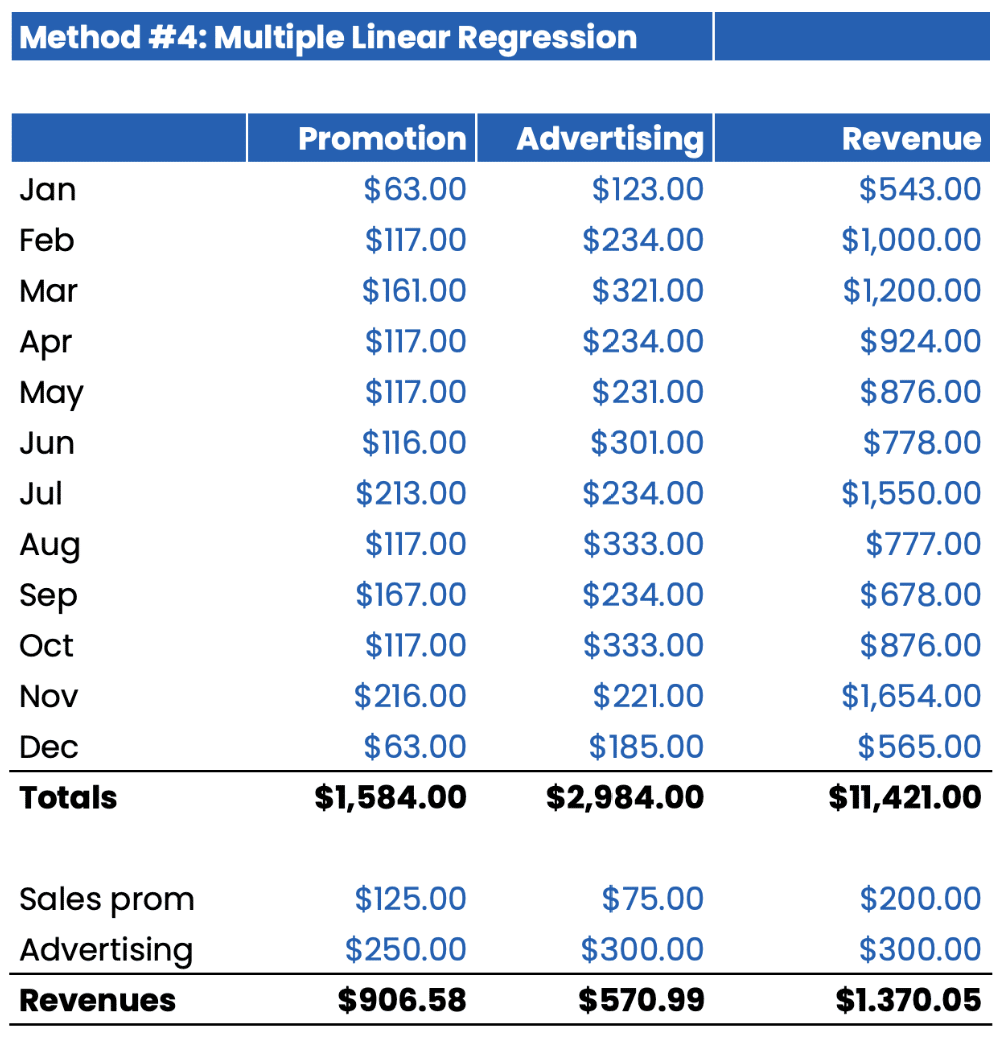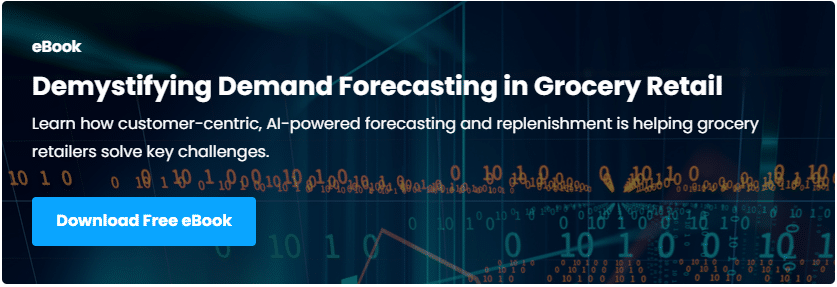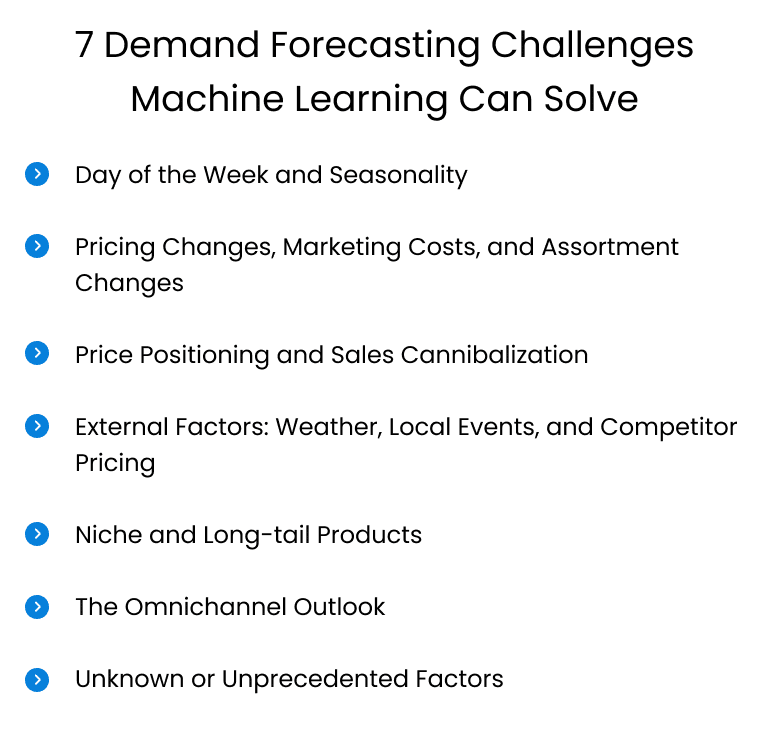
Demand forecasting is the process of predicting how much desire your products and solutions will have over a certain interval, centered on historical and real-time information. It aids make the correct procurement and source choices for the business and its shoppers.
As a retailer, desire forecasting need to be plan for you, irrespective of whether you promote 1,000 SKUs or 10 million. In simple fact, the increased the quantity of products you sell, on-line or offline, the much more essential it is that you forecast the desire for your solutions precisely for the forthcoming months.
Why Is Need Forecasting Crucial in Retail?
Need forecasting is essential for practically each and every activity from production or procurement preparing to sales and internet marketing to assortment arranging.
It is a significant BAU activity for a number of good reasons, these kinds of as:
- To stability products availability with minimum inventory risk—cut down stock troubles and wastage at the same time
- To assure you are in a position to procure the ideal quantity of inventory expected to satisfy purchaser demands in the in close proximity to foreseeable future: both online and offline
- For optimum inventory planning and administration and to stay away from out-of-stock as very well as excess or outdated stock scenarios
- To comprehend which products are essential in about what amount at each store
- To know how considerably inventory your warehouses really should retail store to meet up with purchaser needs on your electronic channels
- For capability management—ensuring that production/offer and in-retailer efficiency is aligned with the projected demand
- To make offer chain administration much more productive by aiding you determine the stock demanded for every item category and no matter if much more or much less suppliers would be wanted at a time
- To be in a position to produce, make, procure, or design and style new products to meet customer wants far better
- For planning output requirements and logistics, if you are a D2C model that manufactures your very own products
- To be able to do assortment planning the proper way so that products and solutions not becoming marketed through a distinct interval do not take up key shelf spaces
- To optimize cross-offer and upsell tactics all-around substitute and equivalent products
- For optimization of solution marketing strategies and marketing spends, i.e. realizing which products and solutions to boost by way of reductions and gives and which not to
- To lower operational expenditures and increase profitability
What Are the Regular Demand Forecasting Techniques?
After on a time, demand forecasting was siloed to particular person retailers, and acquiring 1 personal committed to tracking merchandise actions and predicting requirements was adequate.
But in the previous 10 years, with distinctive product sales channels—multiple outlets (quite a few a instances in diverse nations), web sites, and apps—it is critical to have an omnichannel outlook to forecasting.
The scale of omnichannel means that the volume of data—related to equally product movement and consumer behavior—is huge, which is past the scope of a couple of folks and their spreadsheets.
Conventional need forecasting solutions consist of two vital spots:
-
Quantitative strategies, which employ mathematical and statistical types to have an understanding of the development and final results. These include things like styles such as Share In excess of Final Year, Going Common, Linear Approximation, Exponential Smoothing, Lifecycle Modeling, Time-series Modeling, Regression Assessment, and Econometric Modeling.

-
Qualitative strategies, which are subjective and sociological strategies of gathering info and implementing concepts generated from them to the problem at hand. These contain Market Analysis, Historic Analogy, Professional Views, Delphi Method, Panel Consensus, and Focus Groups.
Why Use Device Learning for Demand Forecasting As a substitute of Common Methods
As is obvious, most traditional desire forecasting approaches are guide in mother nature, relying on collecting details and examining them utilizing spreadsheet formulae.
But when your retail details points operate into tens of millions and the variables that identify the demand for a item run into dozens, guide forecasting is simply time-consuming and prone to human mistake.
In addition, it is difficult to consolidate all data points and all varieties of different analytical types into a single spreadsheet or chart for a 360-diploma view—inevitably, some components get left out and siloed interpretations adhere to.
You might uncover just one statistical design telling you that you require to stock up on baking necessities due to the fact it’s Thanksgiving. One more review tells you baking is slipping out of style simply because men and women are doing the job far more and have a lot less time for individual routines. And then, a third mysterious component of unexpected terrible weather conditions drops out of nowhere. So, should you stock up on baking necessities or not, and how substantially?

9 Techniques Suppliers Can Gain from Device Discovering in Need Forecasting
Today’s retailers ought to have accurate need forecasts in purchase to optimize each individual section of the chain of functions required to fulfill the working day-to-day urge for food for their solutions. The far better forecasts you build, the much more effective every of your procurement, product sales, and marketing procedures will be.
And almost nothing can give you far better details precision than device studying-dependent program.
McKinsey notes that working with ML and AI in demand forecasting and offer chain administration can minimize problems by up to 50% and reduce lost gross sales and products unavailability situations by 65%. This can reduced warehousing expenditures by up to 10% and administration expenses by up to 40%.
These added benefits are absolutely too excellent to go up.
For starters, AI algorithms use a mixture of the finest of mathematical, statistical, and data science products. An ML-based mostly forecasting application does not simply use previous patterns within a enterprise to forecast future demands it evaluates each individual factor possible to impact desire in genuine time, and mechanically gives you a frequently updated photo of profits, need, and inventory.
Device understanding can system tens of millions of facts points in minutes, draw traits and insights throughout distinct dynamic problems, and demonstrate you how each and every variable affects a different and thus the general desire. It can come across non-linear connections in between variables, which are important for the greatest forecasting types.
As well as, these algorithms consistently learn from the info the software package ingests. It is already qualified on numerous forecasting types and historical knowledge, and more instruction with serious-time information strengthens its precision. This helps you automate the full process and minimize down on the human several hours demanded for the process.
All this tends to make predicting desire by equipment finding out exact, fast, and scalable, which, in change, assures effectiveness in the entire provide-to-revenue chain.
To summarize, working with machine learning for demand forecasting can profit you in the pursuing nine approaches:
- Course of action far more data points than a human can
- Method data from more sources
- System the facts quickly
- Establish concealed trends and insights from the info
- Recognize relationships involving the variables that effect desire
- Generate correct forecasts by factoring in a number of variables
- Automate and update the forecast in real time
- Make the forecasting system sturdy, scalable, and adaptable
- Preserve time, cash, and resources by creating just about every action of the source-to-gross sales chain productive and economical
7 Demand Forecasting Challenges Machine Learning Can Address
Let’s see how ML algorithms can enable vendors deal with the many difficulties that demand forecasting inherently provides.

-
Day of the 7 days and Seasonality
Weekday compared to weekend profits and greater or lower sales of particular things in certain seasons are points each individual retailer contends with each day. A easy time-collection modeling may well assist you decide these styles conveniently.However, machine learning’s precision will come from the actuality that these clever algorithms locate how these variables and need are linked. It also elements in other variables, these as offers, promotions, and weather conditions, making certain precision and providing you a 360-diploma watch of in which your product’s demand would stand in the following couple days or months or months.
-
Pricing Improvements, Advertising Costs, and Assortment Changes
Features, promotions, special discounts, in-shop show changes, and expense in on the net and offline internet marketing strategies, can impact how the hunger for the item shapes up. It’s difficult to forecast the effects every single of these factors can have on demand, with no some genuinely challenging variety crunching.Equipment studying can do the heavy lifting for you and precisely predict how a product’s price tag change can have an impact on its demand. This aids not only in forecasting but also in knowing advertising forecasting, markdown optimization, assortment preparing, and promoting campaign management.
-
Selling price Positioning and Product sales Cannibalization
The price variance of a product in contrast to other products in the similar class also has an effect on desire. For illustration, the optimum priced product or service in the group may end up not obtaining bought at all.Likewise, promotions and special discounts of just one merchandise in a category could provide down the desire for other solutions in that group.
Keeping track of these phenomena for every class of goods you offer can be back-breaking. Even so, ML algorithms master from every piece of info, and for that reason can give you a complete see of variables impacting the need of every single product not only within just itself, but also in relation to other products and solutions in the class.
-
External Components: Climate, Area Activities, and Competitor Pricing
Demand from customers is in some cases intensely influenced by external aspects, these types of as weather, area crowd-pulling occasions, and pricing improvements and promotions by competition. Devoid of machine mastering-primarily based automation, these factors are almost unattainable to be factored into need forecasting.ML algorithms can promptly and correctly map the interactions between weather and income at a localized level, offering a granular outlook on the industry for your items. They not only detect which products would be in need during a climate sample, but also explain to you what solution would not be essential.
The identical goes for comprehending how a massive live performance or match near the retail store or in a location can have an effect on desire for specific goods, or how promotions becoming operate by rivals or new merchants/on the net outlets can modify footfall/site visitors to your channels. You only have to have to feed the ideal information into the ML-primarily based instrument you use.
-
Specialized niche and Prolonged-tail Products
Numerous market goods have negligent gross sales info since barely a few units are offered every single month. This prospects to a shortage of information on the merchandise and unpredictable variants in need patterns for the merchandise.Incorporate external elements and cross-channel variables, and the output can actually turn into unreliable. Having said that, sturdy and self-mastering algorithms can reduce out the sounds, keep away from overfitting, and arrive at close-to-correct results for specialized niche products and solutions as properly.
-
The Omnichannel Outlook
A number of forecasting problems are often exclusive for in-retail store and on-line channels. Even in every channel and each and every keep, there are variations based on place, logistics, shelf room, personnel availability, etcetera.Equipment finding out would make it probable for stores to not only get an overview throughout merchants and channels, but also appear at the demands of just about every personal shop and channel.
Simply because of this, it can counsel internal inventory actions quickly. For example, say your Pittsford retail store has an excessive stock of peanut butter and your Rochester retail store is managing out of it. Your ML resource can make this details additional obvious. So, instead of urgently procuring new stock for Rochester, you can transfer some of the inventory from Pittsford and fulfill the requirement quickly.
The exact same matter can be performed cross-channel the algorithms can propose when surplus in-shop stock can be moved to the on-line inventory and vice versa.
-
Unknown or Unparalleled Factors
Machine learning algorithms also allow you to variable in mysterious aspects impacting demand. In 2020, for instance, the pandemic was a sudden and unparalleled factor that improved shopper desires right away. An E2open up study identified that amid the pandemic, serious-time knowledge and AI-run analysis lessened forecast mistakes by in excess of 33%.ML software program can increase a tentative input in the forecasting product, making it ready to update the figures within minutes of adding in a new datapoint. Retailers can also do what-if simulations to examine how adjustments in variables can have an effect on need, so as to be prepared for unfamiliar variables and minimize forecasting mistakes.
Mysterious or unparalleled info can be finest dealt with by a machine understanding tool if it has actual-time data processing abilities. Inputs this sort of as lookup tendencies, social media actions and hashtags, worldwide and neighborhood information, and other non-linear and unstructured facts assistance device mastering algorithms improve the precision and benefit of their output.
Time to Include Machine Understanding to Your Demand Forecasting Approach
Now that you know the immense gains device understanding can provide to how you forecast need, time to glimpse at different ML-based mostly software program and get one particular for your company. Algonomy’s Forecast Correct is one these kinds of AI-driven forecasting option that is also straightforward to use.
Sounds appealing? Understand much more or Get a demo to make your mind up for yourself.




